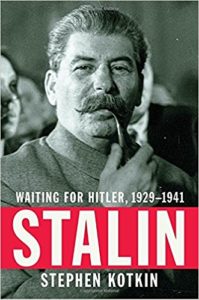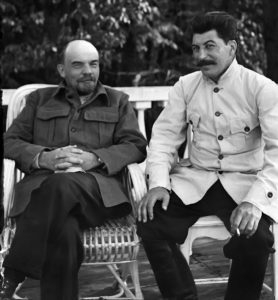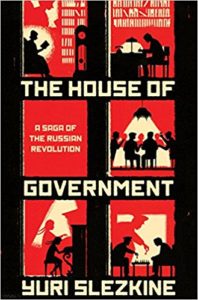Historians have put forth the the idea that complex political states originated as ‘hydraulic empires’, a need for ancient societies to manage vast water systems. Governments have evolved from their ancient origins to do a lot more beyond managing water. However, we shall see in this post that attitudes towards water can lead to important differences in the evolution of spatially and temporally adjacent political entities.
In terms of hydrology and geology, there are striking contrasts between the Indo-Gangetic plain and peninsular India. The Indo-Gangetic plain is drained by perennial rivers, fed by both Himalayan glaciers and monsoonal precipitation. Peninsular India, on the other hand, is drained only by monsoon-fed seasonal rivers. Geologically, the Indo-Gangetic plain is blessed with alluvial soil which is both fertile and holds groundwater. Peninsular India is composed of harder rocks, which leads to more runoff and less groundwater retention. Water has always been a much harder challenge in peninsular India than the Gangetic plain.
The British Raj and its successor state of India, had vastly different attitudes towards the hydro problems of peninsular India. However, the Raj’s successor state of Pakistan never had to deal with the water challenges of peninsular India. Pakistan remained agriculturally more productive per worker than India till 2017. India had to construct 5264 medium and large dams (compared to Pakistan’s 150) to overtake Pakistan on that count. A side effect was an advanced industrial and technical base.
We first discuss the dam policy of the British Raj, which is known for its investments in railways and canals. A striking rarity in the Raj’s impressive portfolio of grand infrastructure projects are mega dams. It is not that the British did not build significant water-works in India, but these were overwhelmingly barrages and canal irrigation projects. And the absence of large dams was not due to a lack of technical expertise, indeed, elsewhere in the empire, (notably Canada and Australia), British engineers pioneered the techniques that underlie the construction of modern, large scale dams.
So what explains the Raj’s dam reluctance in their richest canvas ? It is likely that the politics of British India underlies the inhibition towards dams. The centre of gravity of the British Indian empire was the Indo-Gangetic plain. It was the most populated region, the region which produced the most recruits for the British Indian army and the region they really needed to manage. And this region did not need dams. The large dams the British built were mainly in deep South India, the largest dam there was a project conceived by the king of Mysore, Krishnaraja Wodeyar.
The modern day Republic of India found itself in a very different political situation. The elites of peninsular India were organized and had the numbers to match their Gangetic counterparts. Prime minister Nehru, although Gangetic, was deeply influenced by the economic philosophy of the Soviet Union. At the time, the Soviet Union was a master of building mega dams. A massive dam building project ensued, all across India. In the Gangetic plain, this meant increased agricultural yields, but in peninsular India, the dams were a game-changer. Vast tracts of land in Madhya Pradesh were brought under productive cultivation. Interior Maharastra developed a sugarcane belt. Gujarat has become a leader in cotton, tobacco and groundnuts.
Equally important, dams made large cities viable outside the Gangetic plain. Dams and their reservoirs are the only reason the nascent urban centres of peninsular India (Mumbai, Pune, Ahmedabad, Bengaluru and Hyderabad) could become the dynamic mega-cities they are today. In contrast, Gangetic plain cities continue to get their water from the perennial rivers that they are set on (Delhi-Yamuna, Lucknow-Gomti, Patna-Ganges, Kolkata-Hooghly and so on).
It is conceivable that the extreme importance of large dams and water management structures pushed India’s post-independent elites to invest heavily into engineering education. The public and private enterprises in charge of dam construction, irrigation boards, and hydroelectric machinery provided employment for the labour produced by these elite institutes. These projects thus serviced the needs and aspirations of both urban elites and the vast rural voting masses.
On the other hand, Pakistan’s situation was quite different. With the exception of Islamabad, Pakistan’s cities get their water in the same way Gangetic Indian cities do, surface water and ground water. Developing state-of-the-art water management technology was never an imperative for the Pakistani elite.



